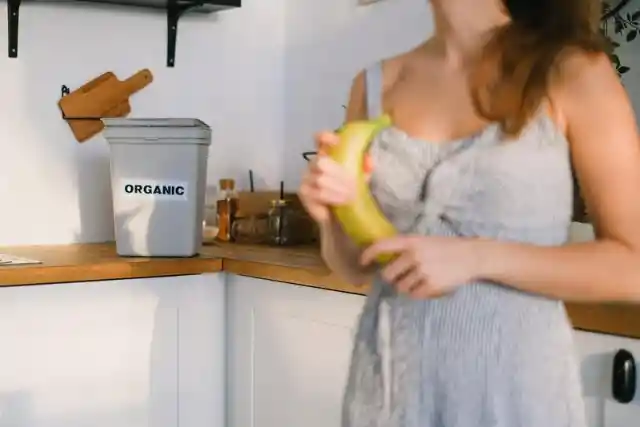Our homes and workplaces are filled with cleaning supplies that are on everything from dishes to countertops to furniture to clothes to floors to windows to airborne. We might frequently be making matters worse in our fight against dirt and germs.
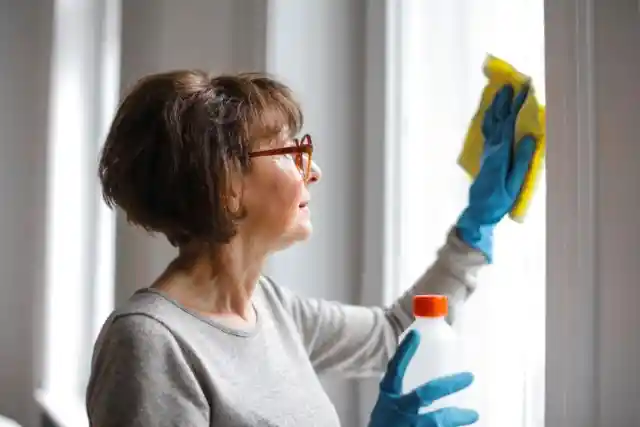
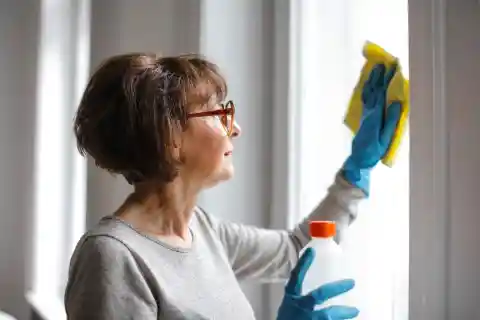
The majority of the traditional cleaning chemicals we all used to use are petroleum-based and have questionable effects on both health and the environment. On the other hand, there are many natural products and techniques that can maintain a house clean and fresh-smelling without having any toxic side effects. So stop using cleaning chemicals that destroy everything in their path and go green cleaning with quick and easy methods listed below.
1. Baking Soda
Start by including baking soda into your cleaning regimen to address musty carpets. Sprinkle the powder on, let it settle, and then vacuum up the powder along with any trapped scents. You may make an oven cleaning paste by combining baking soda and water. Let it sit overnight, then scrape out all the grime it gathered. Or, make a toilet bowl cleanser that fizzes like the "build-your-own-volcano" experiment you surely did as a kid by mixing baking soda and vinegar.
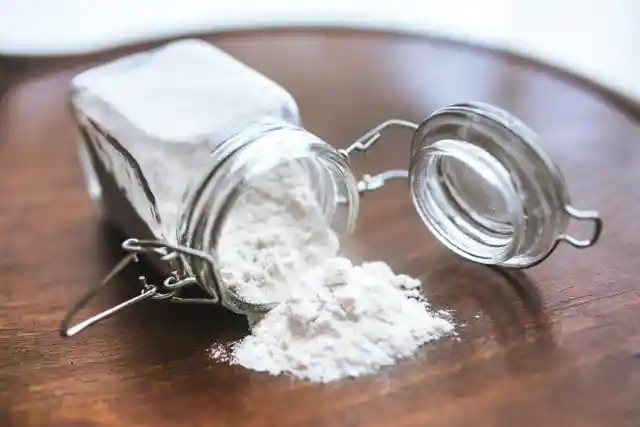
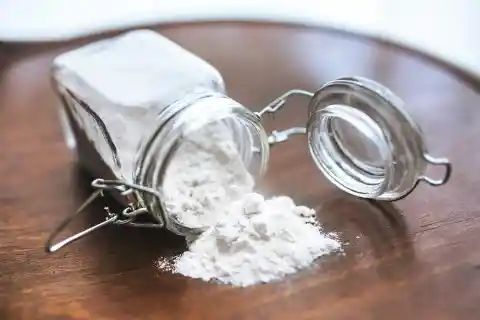
2. Lemon
Lemons are mother nature's miracle cleaner. Due to their high acid content, they have potent antiseptic and antibacterial qualities as well as being a natural deodorizer. Here are some ideas for using lemons around the house: To get rid of stains on plastic containers, mix some baking soda and lemon juice. Lemon peel and white vinegar should be combined, and marinated for a few days, and then the peel should be strained out so that the vinegar may be used to clean. Lemon juice and vinegar in a small dish will absorb odors. Your cutting board can be cleaned by rubbing a slice of lemon across it.
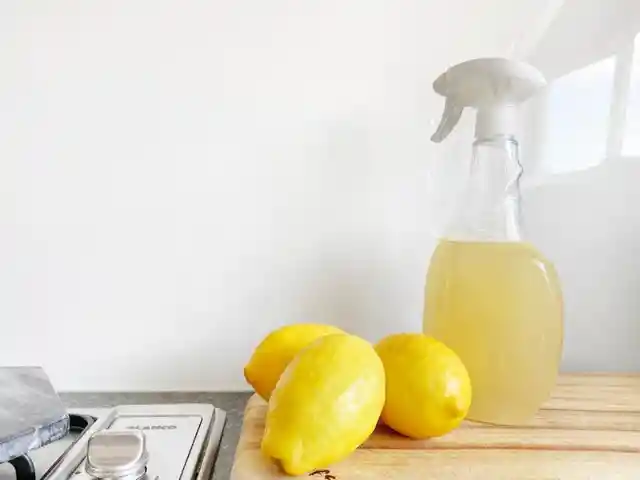
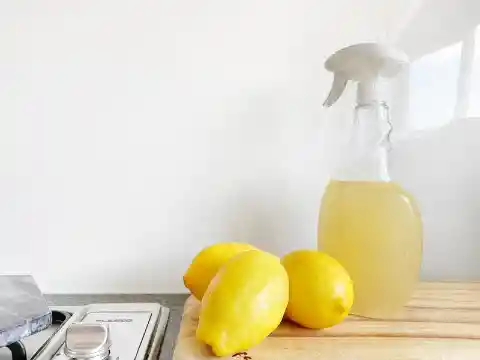
3. White Vinegar
Natural disinfectants like vinegar have various applications in household cleaning. Its acidity makes it excellent for removing sticky buildup, rust, and hard water stains. To clean the buildup in your coffee maker, try vinegar. Lemon juice can be used similarly to vinegar, but because it spoils rapidly, you can't keep cleaners created with it for more than a few days.
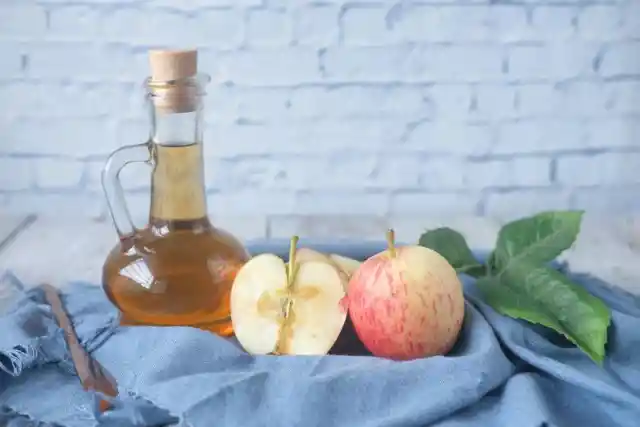
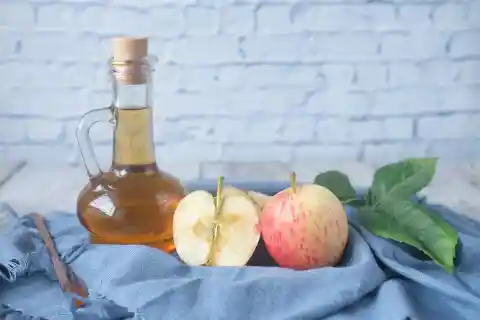
4. Avoid Store Bought Air Freshener
You carefully go through your house in sections or all at once. Regardless, as soon as you're done, you can breathe in the fresh scent of your home. Some people use air fresheners to keep that inviting smell around. Despite the appealing aroma, store-bought combinations frequently contain unnatural ingredients that might lower air quality. So choose a natural alternative instead. Boil cinnamon, lemon, or any other plant of your choice and wait for the natural smell to fill your home.
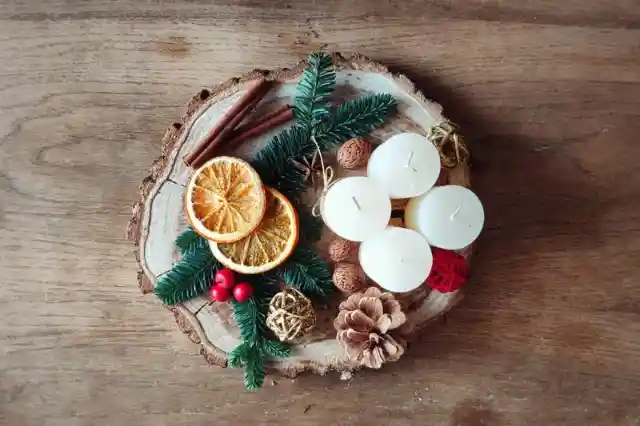
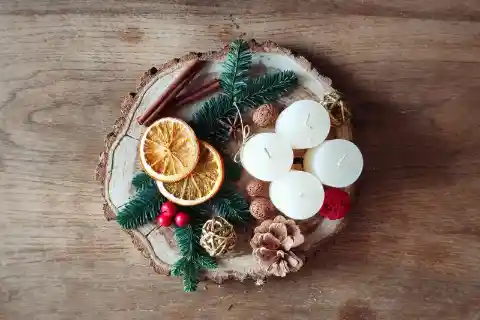
5. Borax
Adding some borax to your laundry will help your detergent by softening the water and enhancing the colors of your clothes. The same thing can be accomplished by using a small amount of borax as a bathroom scrub to polish tubs and tiles. Or, you can combine a little hot water, a teaspoon of borax, and two teaspoons of vinegar to make an all-purpose cleaner in a spray bottle. Before adding the remaining water to the bottle, add a few drops of dish soap and your preferred essential oil. With that, you have a cleaner that works well in all regions of your house.
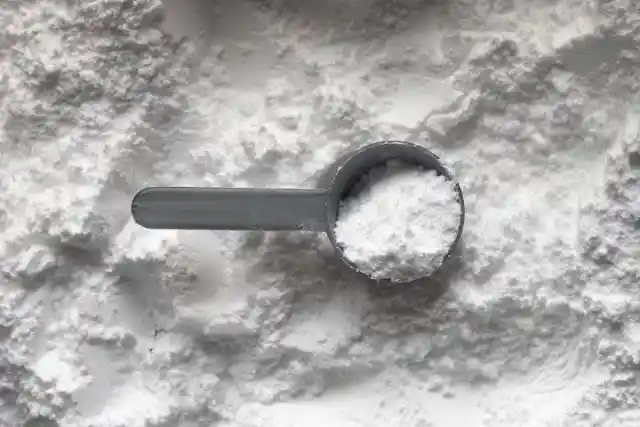
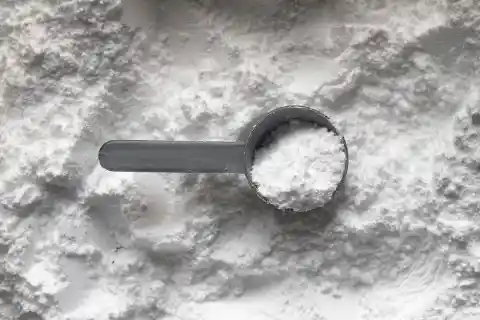
6. Open Your Windows
The air inside a house or office frequently contains more toxins than the air outside. This is due to the existence of harmful compounds and materials as well as the fact that houses and other structures are more insulated than ever (which is a good thing from an energy standpoint). As often as you can, leave the windows open to let fresh air in and keep toxins flowing out. It's crucial to remember this when cleaning your house.


7. Avoid Conventional Dry Cleaners
The industrial solvent perchloroethylene, generally known as perc, is harmful to humans and also contributes to smog, and conventional dry cleaners are its biggest consumers. Carbon dioxide washing and Green Earth are the two most popular environmentally friendly drycleaning processes. Look for cleaners who employ eco-friendly practices. If you do take your clothes to a traditional cleaner, make sure to let them air outside before putting them in your closet or wearing them.
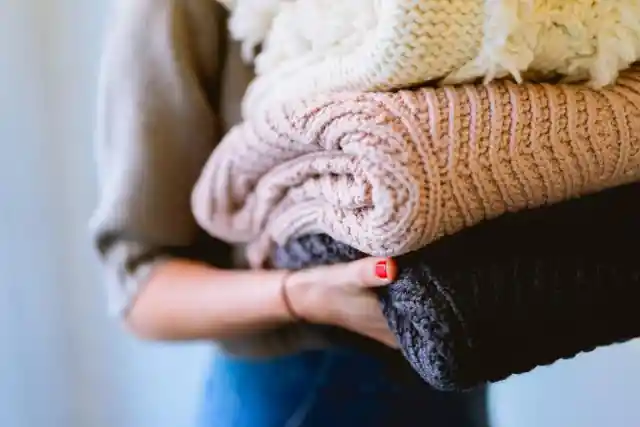
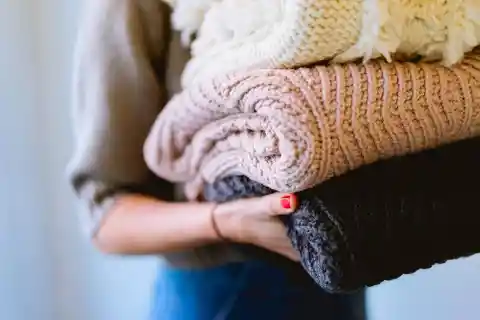
8. Microfiber Cloth
Most of us clean our homes with scrubbing brushes and disposable sponges. They are simple to use and discard, but since we are adding them to the waste pile, why not choose more environmentally friendly alternatives? Since microfiber cloths naturally attract dirt, grease, and oil thanks to their positive charge, it is simpler to remove stains without the need for any cleaning solutions. They are double-sided, so you can use the same cloth to scrub stains out and then clean surfaces. Just throw them in the washing machine when you're done.
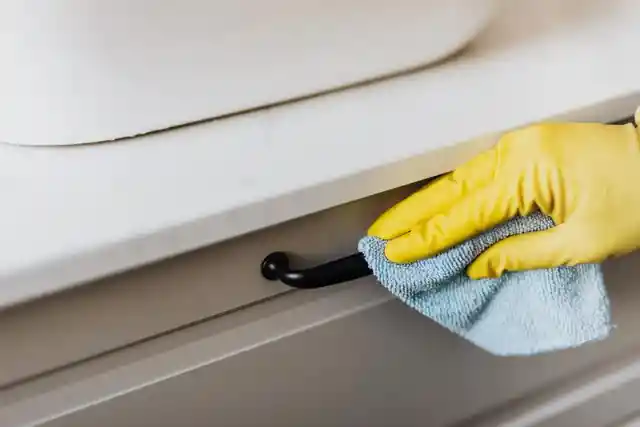
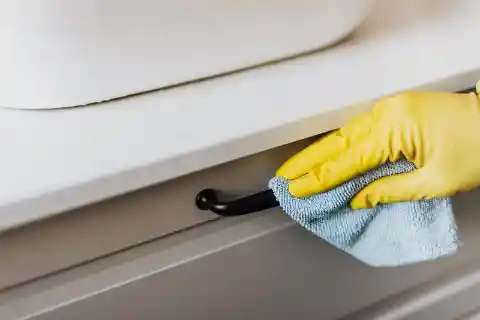
9. Growing Indoor Plants
Using houseplants for more than simply aesthetics is a great idea. While having plants around the house might lift your spirits, some of them can also improve the air quality. You can breathe freely since they can remove airborne pollutants. Consider incorporating plants into your home because they absorb carbon dioxide and release oxygen.
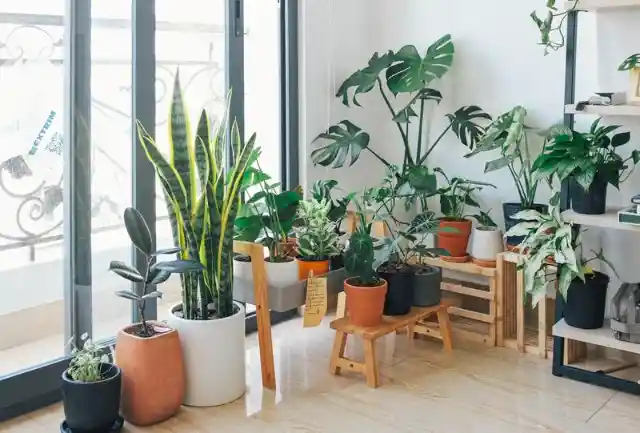
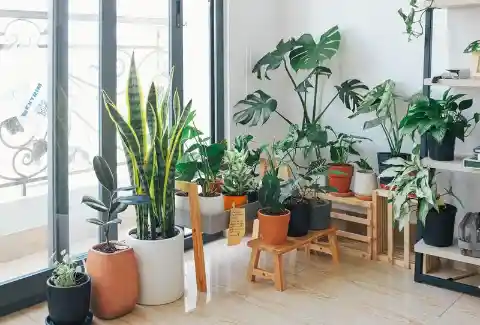
10. Compost Your Waste
Given that food generates more than 63 million tons of waste annually, composting is a great strategy to keep food leftovers out of landfills. Composting does not require a farm or a large yard to begin. There are compost containers that make it possible to build a little compost pile for your outdoor or indoor plants.
